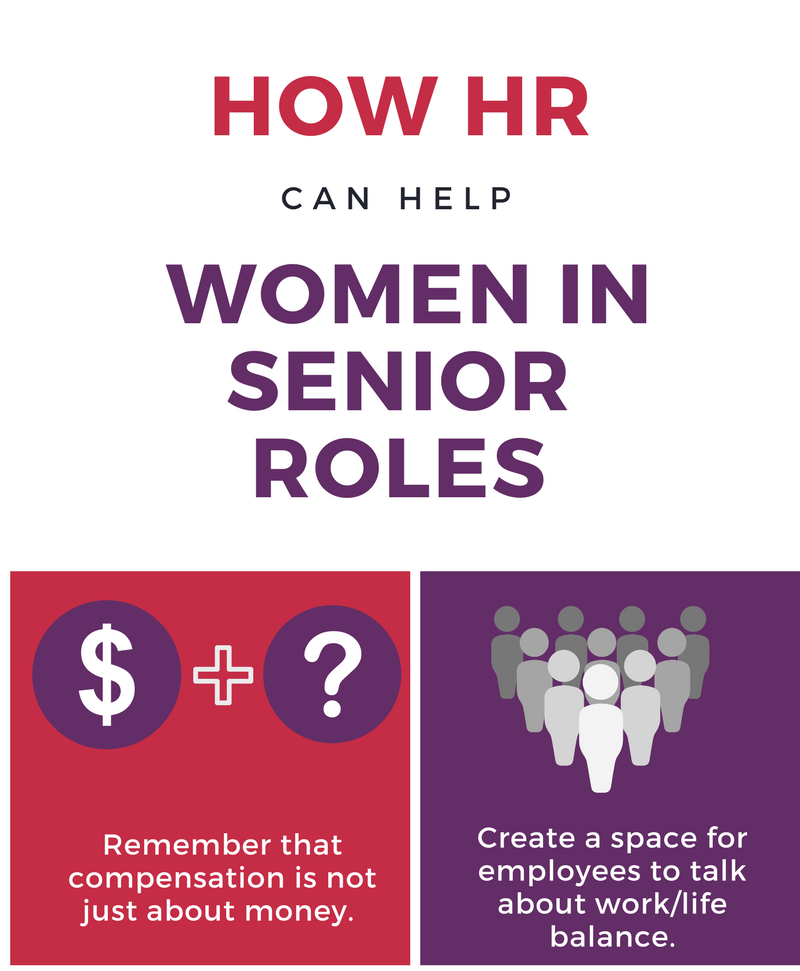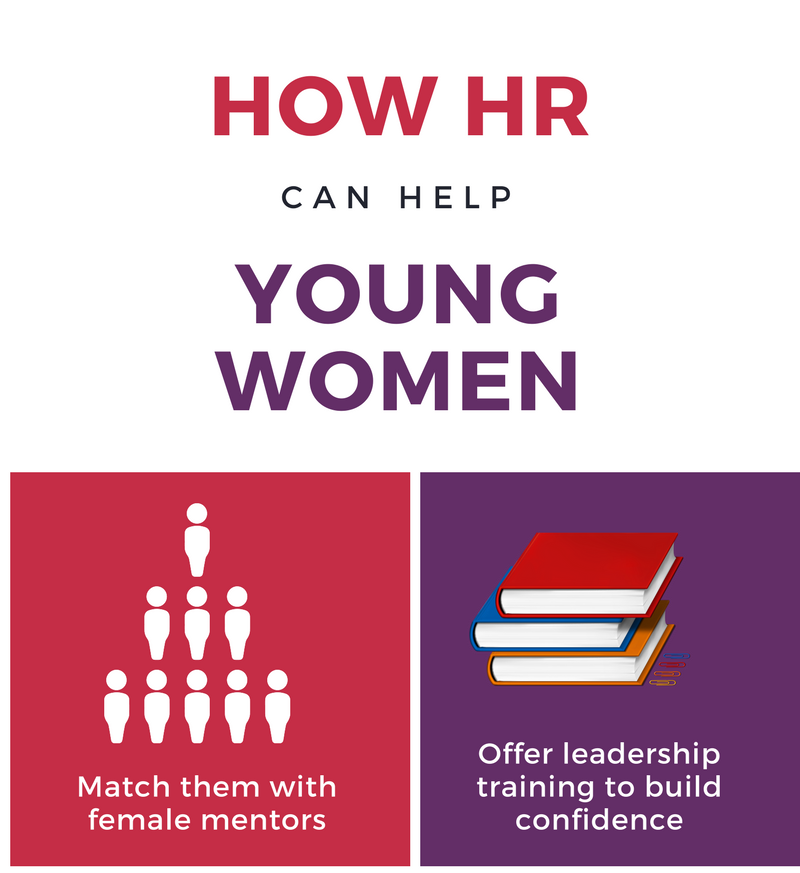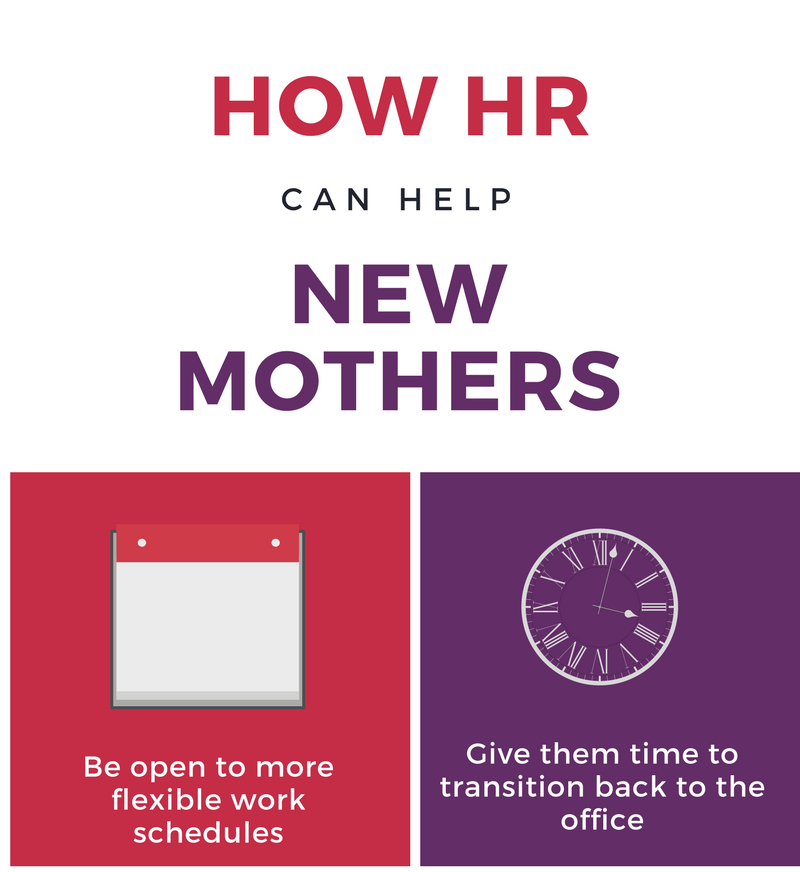
A recent conference in Hong Kong, Gender Equity: Fixing the leaking female pipeline, aimed to answer the question of where all these talented women go. The conference included a Community Business-led panel called FACES—experiential session, which offered specific case studies to illustrate where exactly women may begin to falter on the career ladder.
Focusing on three women of varying ages and career stages, who remained anonymous apart from their first names, the panel gave the women an opportunity to share their stories without risk—and the audience a chance to discuss solutions that their companies could implement in response.
This made clear some of the unique challenges that women face in managing their careers, and importantly, how HR can help to ensure that an organisation’s female talent stays in the game all the way from entry-level to the boardroom.
Young and restless
The youngest woman to speak on the panel, Jessica, was a recent graduate and a rising star. As a student she had been hard-working and high-achieving, the exact type of millennial that companies trip over themselves to attract and retain in order to drive their growth.
However, all was not well. Jessica shared that she was having trouble adjusting to corporate life, and she believed some of that was because of the differences in how women are socialised to behave as compared to men. She explained, “Everything women are taught about how to act while we’re in school, things like being quiet and focusing on our work, as well as supporting and agreeing with our peers, are not at all helpful when it comes to excelling in the corporate world. Now, not only do I have to learn a new job—I have to relearn how to behave.”
Around the world, women tend to do better in school than men. But that doesn’t translate to success in the workplace. In Jessica’s own life, she noted that when she talked to female peers from university, they shared her frustrations in adjusting to corporate culture. Yet when she talked to male peers, they seemed totally at ease in their new roles—even the men who she had outperformed in school.
Despite her ‘culture shock’ she found that supervisors at her company were telling her that she was talented, and that her career prospects were good. But in some ways this scared her even more. “I still don’t feel at ease in my current role… how could I take on a higher position?” she asked.
No company wants to see its young talents become frustrated early on in the career process. How can they create an environment where women like Jessica can thrive?
All aboard the mentorship
One key factor that could make the difference to someone like Jessica is having a mentor to talk to. In particular, matching her with a female mentor who is only a few years ahead of her in age and position will be most directly relatable, and this is important. Women, particularly talented women, may be embarrassed to mention that they are struggling, so proactively ensuring that there is opportunity for these conversations to happen is important. Jessica could also seek a mentor outside of her company, which would offer her an unbiased view of whether the corporate culture of that particular organisation is a good fit for her in the long run.
HR in particular could also assist by offering relevant training or coaching to new hires. If women like Jessica worry that they are weak in areas such as firmly asserting their views to colleagues, then the right training could help to raise their confidence. Transitioning to the workplace may be something that many young women struggle with, and investing in young women with leadership potential now will pay off in stronger and more diverse management teams in the future.
Mother and manager
The second woman, Linda, worked as a middle manager at a small company. She had always worked in female-dominated industries and didn’t feel as though gender impacted her career much. That is, until she gave birth to her first child and her whole life changed.
“My son became my life,” she said. “I just wanted to be with him every day.” She went through six months of maternity leave before heading back to work, knowing that her career would never again hold as much appeal as it used to.
Linda thought about completely quitting her job, but wasn’t sure that was the best choice. She asked, “I believe I can still offer value to my company, so why should I quit?” Because of the organisation’s small size she acted as an integral part of company DNA, and she knew that she was good at what she did. However, she wasn’t sure that her organisation would offer her the flexibility she required to continue working and also take care of her child. A big part of her role was networking, for example, which often took place after work hours—just when she wanted to be at home putting her son to bed.
She was torn between several options. Should she quit her job entirely and become a stay-at-home mom? Should she switch to something part-time or remote? Should she dare ask to decrease her own role in her current company, or should she soldier on? Each option had its serious drawbacks.
There is no reason for a company to completely lose a valuable employee because of a life change. What policies can be implemented to keep women like Linda feeling satisfied and contributing value to the organisation?
Space to re-evaluate
Since Linda works for a small company, she likely has more leverage to define her position on her own terms. However, in the end all is still dependent upon the flexibility of her manager in being willing to listen.
Even at larger companies, managers must remain flexible and be aware that pregnancy will affect different women in different ways. They must find the best way to retain talent for their organisation, which may mean allowing mothers to work part-time or even renegotiating their job duties to include only tasks they truly shine at.
For women going through pregnancies, they should seek out other women, in their organisations or elsewhere, to speak to for advice. While having a baby is a huge event that impacts both men and women, women are especially affected by a number of physical and hormonal changes. The situation can be isolating, and even the most sympathetic male boss may not truly understand what a woman is going through. HR departments must do their best to support women by allowing conversations around pregnancy to be had and give women time to readjust and re-evaluate their priorities after giving birth.
Ambitious but uncertain
The third woman, Evelyn, worked as a senior executive for a large multinational firm. Similar to Linda, Evelyn had never felt that gender bias impacted her career much. In fact, she admitted she had never had female mentors and had risen easily through the ranks without them.
Evelyn also had just had her first child, and while it affected her, it did not change her outlook as entirely as it did for Linda. Evelyn admitted, “I’m still as ambitious as I always was. I still want to be at the top levels of my company.”
However the closer Evelyn got to the top, the more she was beginning to wonder if there was something wrong with placing so much value on her career when she had a child. Despite the fact that her husband was willing to pick up most of the childcare duties, she of course still wanted to have a strong role in her son’s life. She wondered if fighting to get into the C-suite was really the best choice for her family or if she was being too selfish. Her husband, with a more relaxed outlook on life, would sometimes tell her that there was no need to be so ambitious and she wasn’t sure whether to listen to him or herself.
Even the most driven of women can find themselves becoming hesitant about climbing the ladder all the way up. How can companies encourage women with families to confidently take on senior roles?
Finding flexibility
Women often—though not always—worry more about taking care of their families in a physical rather than financial way, and it is important to compensate them appropriately for this rather than just paying them more money. This might involve companies being more open to flexibility in how work is actually conducted. If Evelyn’s role would be leading teams in eight different countries and that role traditionally included countless hours of travel—why not remain open to replacing some percentage of travel with video conferences instead? That way she could meet with teams around the world and still be home in time for dinner. With today’s technology, it is worth it to re-evaluate whether roles still need to be carried out in their traditional ways or whether we can adapt them to build a more flexible experience for different employees.
Another recommendation was that Evelyn should speak parent to parent to those above her at her organisation. It is likely that both men and women already in the C-suite have families themselves and are also wrestling with the challenge of balancing work and family life. To be able to have those kinds of discussions with colleagues might ease her mind about taking on more responsibility and still being there for her family.

For better or worse, the corporate world was built by men and for men. Some of the concerns women may bring to the table, such as how to decisively manage others and how to balance home life and work life, may not be given enough discussion time in a traditional corporate setting. With simple changes, such as better mentorship structures and more flexibility toward individual preferences, more women’s needs can be addressed, and more female talent kept on board.
The most critical element uniting each of these stories is the importance of leaving the door open for conversation and communication. Employees, both men and women, must be able to share their personal stories without fear of repercussion, in order that managers can equip their teams with the needed skills and flexibility to produce the highest value for the company.
If HR can learn to address the needs of more individual women, they can help their companies keep their best female talent fearlessly moving up the ladder, all the way to the top.
Names have been changed to preserve anonymity.
The 3rd Fleximums Gender Equity Conference will take place on 11 October 2018 focusing on mentorship, sponsorship and coaching.







